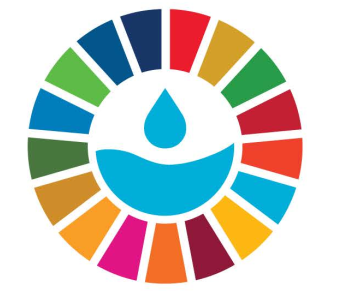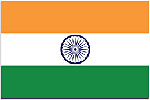Measuring human experiences with WASH to identify disparities
Northwestern University
(
Academic institution
)
#SDGAction50501
Description
We have developed the Water Insecurity Experiences (WISE) Scales, a 3-minute long survey to quantify human experiences with water access, use, and reliability (www.hwise.org). The WISE Scales have been established as reliable, equivalent and valid in more than 60 countries. This open-access survey has been translated into dozens of languages (https://www.ipr.northwestern.edu/wise-scales/measure-water-insecurity/i…). The data that the scales generate can be used to understand prevalence, measure impact, and hold stakeholders accountable. Please see https://www.dropbox.com/s/8mq977lvj83j3vw/Country_report_Kenya_plus_ove….
If we would like to know *who* is "being left behind" we need higher-resolution data; we need to bring the human voice to the water sector. We are good at quantifying the supply-side indicators of water (physical water availability, infrastructure), but less good at quantifying the user/consumer side. Data generated by the Water Insecurity Experiences Scales (www.hwise.org) has accelerated our ability to identify disparities in water security by gender, age, urbanicity and other individual level characteristics (cf. Lancet Global Health, https://doi.org/10.1016/S2542-5196(22)00241-8). In a 25-country study with FAO in the Bulletin of the WHO, we demonstrated remarkably strong relationships between water insecurity and food insecurity, thereby also demonstrating how these data can bridge sectors (https://www.ncbi.nlm.nih.gov/pmc/articles/PMC9874369/pdf/BLT.22.288771…).
The WISE scales were built with the help of more than 50 scholars and practitioners across many disciplines, institutions, and time zones. Many of these went on to join our HWISE-Research Coordination Network (https://hwise-rcn.org), funded by the US National Science Foundation. We are also grateful to the scores of enumerators, technical leads, and funders, including IMMANA, the National Institutes of Health, and many of our respective universities, for their support.
https://www.ipr.northwestern.edu/wise-scales/about-the-scales/who-creat…
Water Insecurity Experiences (WISE) Scale website: www.hwise.org
Open access, peer-reviewed WISE publications: https://www.ipr.northwestern.edu/wise-scales/impact/publications/index…
Example of one-page country-level analyses of data: https://www.dropbox.com/s/utdmas3zu6q8oxx/WISE_Country_report_Senegal_F…
Translations of WISE Scale into global languages: https://www.ipr.northwestern.edu/wise-scales/measure-water-insecurity/i…
WISE user manual: https://arch.library.northwestern.edu/concern/generic_works/ww72bb80d
SDGS & Targets
Goal 6
Ensure availability and sustainable management of water and sanitation for all
6.1
By 2030, achieve universal and equitable access to safe and affordable drinking water for all
6.1.1
Proportion of population using safely managed drinking water services
6.2
By 2030, achieve access to adequate and equitable sanitation and hygiene for all and end open defecation, paying special attention to the needs of women and girls and those in vulnerable situations
6.2.1
Proportion of population using (a) safely managed sanitation services and (b) a hand-washing facility with soap and water
6.3
By 2030, improve water quality by reducing pollution, eliminating dumping and minimizing release of hazardous chemicals and materials, halving the proportion of untreated wastewater and substantially increasing recycling and safe reuse globally
6.3.1
Proportion of domestic and industrial wastewater flows safely treated
6.3.2
Proportion of bodies of water with good ambient water quality
6.4
6.4.1
Change in water-use efficiency over time
6.4.2
Level of water stress: freshwater withdrawal as a proportion of available freshwater resources
6.5
By 2030, implement integrated water resources management at all levels, including through transboundary cooperation as appropriate
6.5.1
Degree of integrated water resources management
6.5.2
Proportion of transboundary basin area with an operational arrangement for water cooperation
6.6
6.6.1
Change in the extent of water-related ecosystems over time
6.a
6.a.1
Amount of water- and sanitation-related official development assistance that is part of a government-coordinated spending plan
6.b
Support and strengthen the participation of local communities in improving water and sanitation management
6.b.1
Proportion of local administrative units with established and operational policies and procedures for participation of local communities in water and sanitation management
SDG 14 targets covered
| Name | Description |
|---|
Deliverables & Timeline
Resources mobilized
Partnership Progress
Feedback
Action Network

Timeline
Entity
SDGs
Region
- Global
Other beneficiaries
Beneficiaries have included community groups, policymakers, non-governmental organizations, governmental organizations, and research institutions.
More information
Countries






















Contact Information
Sera, Professor

